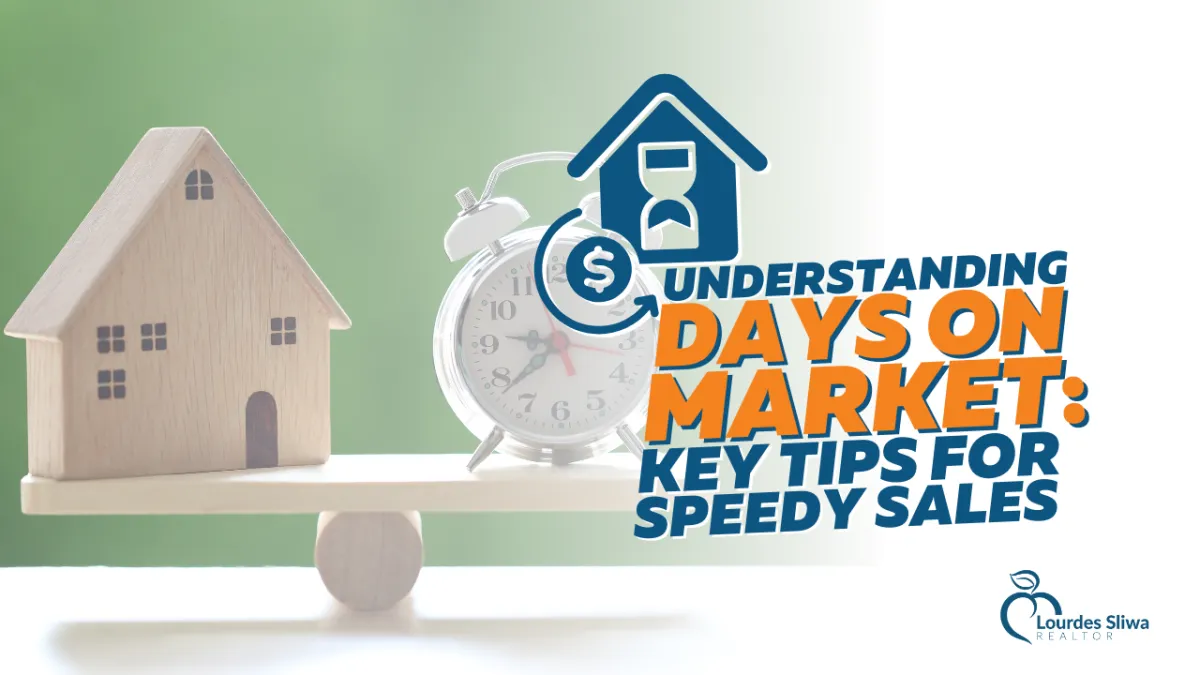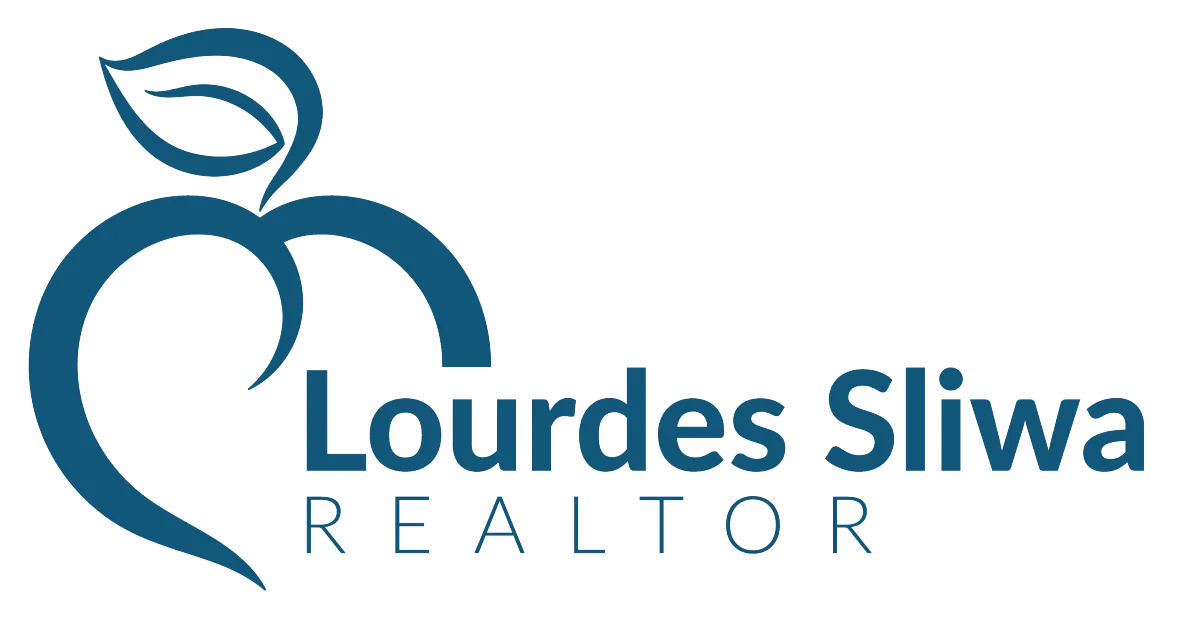BLOG

Understanding Days on Market (DOM) and Its Impact on Property Sales
When selling a house, you're likely to come across the term "Days on Market" (DOM). But what exactly does it mean, and why is it so important? Let’s delve into this key real estate metric and explore how it can impact the sale of your property.
Understanding Days on Market (DOM)
Definition of Days on Market
Days on Market, often referred to as DOM, is a simple yet impactful metric. It refers to the number of days a property has been listed for sale until an offer is accepted. Picture it as a timer that starts ticking the moment your property is listed and stops once you finalize the deal with a buyer.
Significance of DOM in Real Estate
So, why should you care about DOM? Well, in real estate circles, it serves as a barometer for your property listing. A low DOM typically indicates that a home is priced right, well-marketed, and sought after. On the flip side, a high DOM can be a red flag, indicating issues like overpricing or unfavorable market conditions.
How DOM is Calculated
Calculating DOM is simple. It starts from the day your property goes up for sale and ends the day an offer is accepted. However, there’s a catch—if your listing is removed and then re-listed, the DOM counter might reset. This can sometimes paint an inaccurate picture, so It's important to remember this detail.
Factors That Impact Days on Market
Property Location
You've probably heard the phrase, "Location, location, location", right? It’s not just a cliché. The location of your property has a significant impact on its DOM. Properties in areas with schools, low crime rates and convenient access to amenities tend to sell quicker.
Property Condition
Imagine walking into a house that looks like it’s straight out of a home improvement magazine—everything is immaculate, stylish, and move-in ready. Now, picture a home that’s the complete opposite. Which one do you think would sell faster? The condition of your property plays a massive role in its DOM. Well-maintained and updated homes often fly off the market.
Pricing Strategy
Overpricing
Setting an unrealistic price for your home is like trying to sell a chocolate bar for $20—it’s just not going to fly. Overpricing can push potential buyers away, resulting in a higher DOM as your listing remains unsold.
Competitive Pricing
On the other hand, a competitive price based on market analysis can attract a bigger pool of buyers and decrease your DOM. It’s all about hitting that sweet spot where buyers feel they’re getting value for their money.
Market Conditions
Buyer’s Market
In a buyer’s market, there are more homes for sale than there are potential buyers. This gives buyers the upper hand, resulting in periods on the market as they have options and negotiating leverage.
Seller’s Market
Conversely, in a seller’s market, there are fewer properties for sale and a higher demand. This typically leads to shorter time on the market as properties sell rapidly, sometimes even sparking bidding wars.
Impact of Days on Market
Buyer Perception
Stale Listings
Imagine you’re shopping for a new phone, and come across one that’s been on the shelf for ages. You might wonder what’s wrong with it, right? The same goes for real estate. A high DOM can raise suspicions among buyers about potential issues with the property.
New Listings
New listings, on the other hand, generate buzz and excitement. Buyers are more likely to pounce on a fresh listing, out of fear that they might miss out if they don’t make an offer.
Negotiation Power
Having a low DOM on your property can give you an advantage when negotiating. Buyers notice high demand and are less likely to haggle. But if your property has been sitting for a while, buyers might feel confident enough to push for a lower price.
Final Sale Price
Ultimately, DOM can influence the final sale price. Properties with extended DOM often sell for less than the asking price, as prolonged market exposure can diminish your ability to negotiate effectively.
Tips to Reduce Days on Market
Set an Accurate Price
The first and most crucial step is setting the right price. Conduct a thorough market analysis, compare similar properties, and ensure your home is competitively priced. Remember, a well-priced home is a magnet for buyers.
Enhancing Curb Appeal
First impressions matter! Especially when it comes to selling your home. Enhancing the exterior of your home with landscaping, some fresh paint and minor repairs can enhance its curb appeal and make it more attractive to buyers.
Professional Staging
Professional staging services can transform your home, showcasing its best features and making it more appealing to buyers. It’s like getting ready for a first date—you want to dress to impress!
Effective Marketing
Online Listings
In today’s digital age, your online listing is your home’s first introduction to potential buyers. Use high-quality photos, engaging descriptions, and virtual tours to captivate their interest.
Social Media
Harness the power of social media to expand your reach. Share your listing on platforms like Facebook, Instagram, and Twitter to generate buzz and attract more potential buyers.
Flexible Showings
Make it easy for buyers to view your property. Being accommodating with viewing schedules can increase the chances of finding the right buyer quickly.
Conclusion
Understanding and managing DOM is essential for selling your property. Factors like pricing, enhancing curb appeal, professional staging and effective marketing strategies are all crucial in reducing DOM and securing a quick sale.
FAQs
What does Days on Market (DOM) mean?
DOM refers to the number of days a property has been listed for sale until an offer is accepted. It’s a key metric in real estate that indicates how long a property stays on the market.
Why is DOM important in real estate?
DOM provides insights into market conditions and buyer behavior. It helps sellers understand how their property compares to others and adjust their strategies accordingly.
How can I reduce the DOM for my property?
Accurate pricing, enhancing curb appeal, professional staging, effective marketing, and flexible showings can help reduce DOM. It’s about making your property as attractive as possible to potential buyers.
Does a high DOM affect the sale price of a property?
Yes, properties with high DOM might sell for less as buyers may negotiate harder, perceiving the property as less desirable. It can weaken your bargaining power.
What factors can increase DOM?
Factors such as overpricing, poor property conditions, and unfavorable market conditions can increase DOM. Addressing these issues can help reduce your property’s time on the market.
Sources:
GET IN TOUCH!
GET IN TOUCH!
2825 Business Center Blvd., Suite A-1, Melbourne, FL 32940
Telephone : +1 (321) 960-3547
Web : lourdessliwa.com
Email: [email protected]
Follow us!
Follow us!
© 2024 | Avanti Way Space Coast. Privacy Policy

